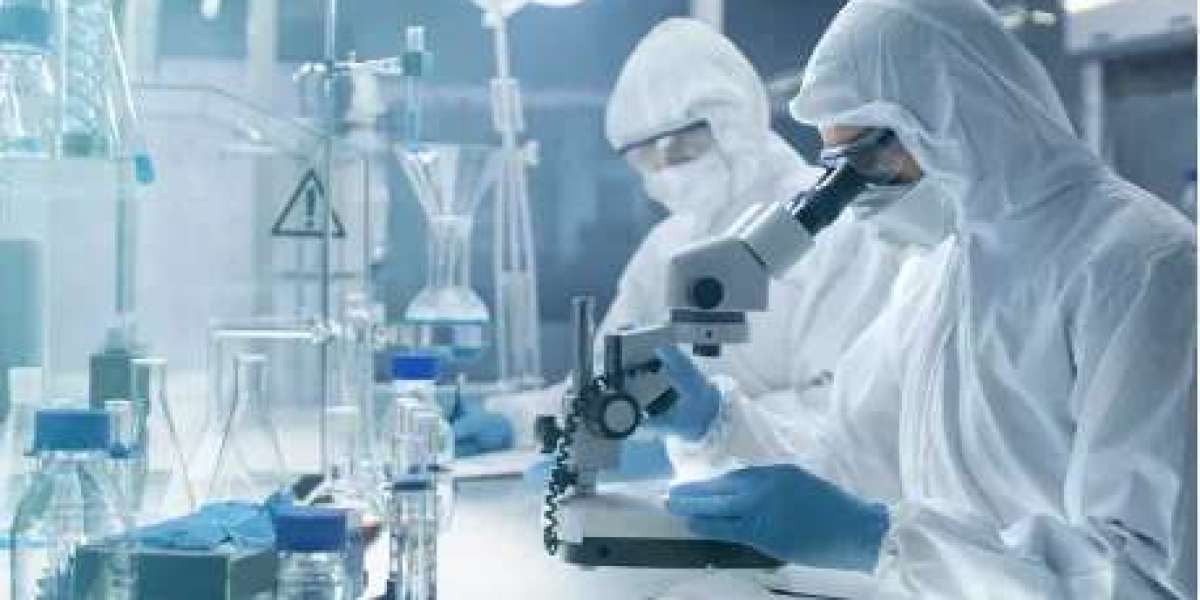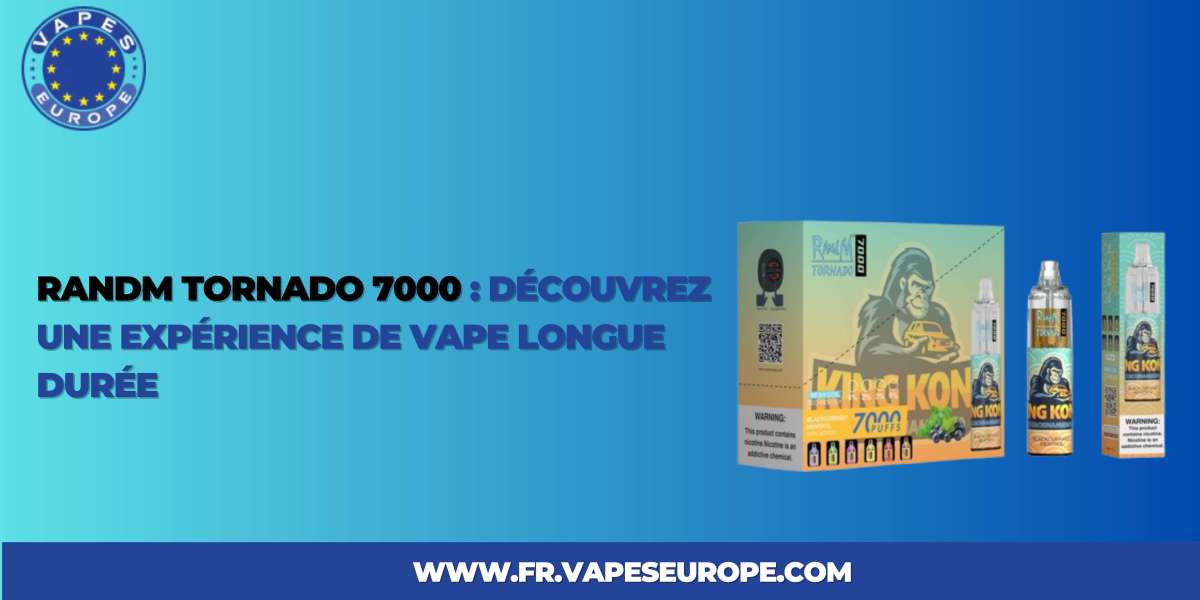? Microorganism-Derived Exosome Isolation & Development
1. What They Are
Microorganisms (bacteria, fungi, parasites, archaea) release extracellular vesicles (EVs) that resemble exosomes in size (30–300 nm) and function.
Types:
Gram-negative bacteria → outer membrane vesicles (OMVs)
Gram-positive bacteria → membrane vesicles (MVs) (from cytoplasmic membrane)
Fungi (e.g., Candida, Cryptococcus) → fungal EVs, carrying polysaccharides, proteins, RNAs
Parasites (e.g., Plasmodium, Leishmania, Trypanosoma) → EVs that modulate host immune systems
2. Sources & Pre-Processing
Culture conditions matter: Aerobic vs. anaerobic, media composition, pH, stress factors strongly affect EV yield and composition.
Clarification pipeline:
Remove microbial cells (centrifugation 5,000–10,000 g, 10–20 min).
Filter through 0.22 μm to remove live microbes.
Optional antibiotic or pasteurization step (to guarantee sterility).
3. Isolation Methods
Differential ultracentrifugation (UC)
Standard method: 100,000 g pellets.
Risk: co-pelleting protein aggregates, cell debris.
Density gradient ultracentrifugation (sucrose/iodixanol)
Improves purity (separates OMVs from flagella, pili fragments).
Tangential flow filtration (TFF)
Scalable, GMP-compatible concentration of microbial EVs.
Size-exclusion chromatography (SEC)
Removes protein contaminants; useful for downstream therapeutic applications.
Polymeric precipitation (PEG, ExoQuick)
Fast, screening-grade, but lower purity.
Immunoaffinity capture
For species-specific EV surface markers (e.g., LPS, lipoproteins, chitin-associated proteins in fungi).
4. Characterization & QC
Size/count: NTA, TRPS, DLS.
Morphology: TEM, cryo-TEM, AFM.
Molecular cargo:
Proteins: virulence factors, enzymes, toxins.
Lipids: LPS (Gram-neg), lipoteichoic acid (Gram-pos), ergosterol (fungi).
Nucleic acids: mRNA, miRNA-like molecules, DNA fragments.
Functional assays:
Host-cell uptake (macrophages, epithelial cells).
Cytokine induction (IL-6, TNF-α).
Pathogen–host interaction studies.
Safety/QC:
Sterility (no viable organisms).
Endotoxin quantification (critical for Gram-negative OMVs).
Cytotoxicity assays.
5. Engineering Strategies
Cargo loading:
Genetic engineering of microbes to “package” specific proteins or RNAs.
Post-isolation loading (electroporation, sonication, saponin).
Surface modification:
Expression of heterologous antigens for vaccine design (e.g., Neisseria meningitidis OMV vaccines).
Lipid modification to reduce immunogenicity or tailor immune responses.
Hybrid vesicles:
Fusion of microbial EVs with liposomes to balance potency and safety.
6. Applications in Development
Vaccines
Licensed example: Bexsero® (meningococcal B vaccine) based on OMVs.
Engineered bacterial OMVs serve as safe, adjuvant-rich platforms for infectious disease vaccines.
Cancer immunotherapy
Tumor-targeting OMVs engineered to carry checkpoint inhibitors or tumor antigens.
Microbiome therapeutics
Gut commensal bacterial EVs modulate immune tolerance and metabolism.
Candidate therapies for IBD, metabolic disorders.
Antimicrobial delivery
EVs as natural nanocarriers for antibiotics or antimicrobial peptides.
Host–pathogen interaction research
Tools to dissect immune evasion and cross-kingdom communication.
7. Challenges
Safety: Many microbial EVs carry LPS/endotoxins or virulence factors—must be detoxified or genetically engineered for safety.
Heterogeneity: EV populations differ even within the same microbial species.
Scalability: Industrial-scale EV purification requires robust TFF + SEC pipelines.
Regulatory framework: Still emerging for non-human EV-based therapies.
✅ In summary:
Microorganism-derived exosome isolation and development involves scalable EV purification (UC, TFF, SEC), rigorous QC (sterility, endotoxin, toxicity), and engineering for vaccines, immunotherapy, microbiome modulation, and drug delivery. Despite challenges, bacterial OMVs and fungal EVs are advancing rapidly, with licensed products already validating the platform.



